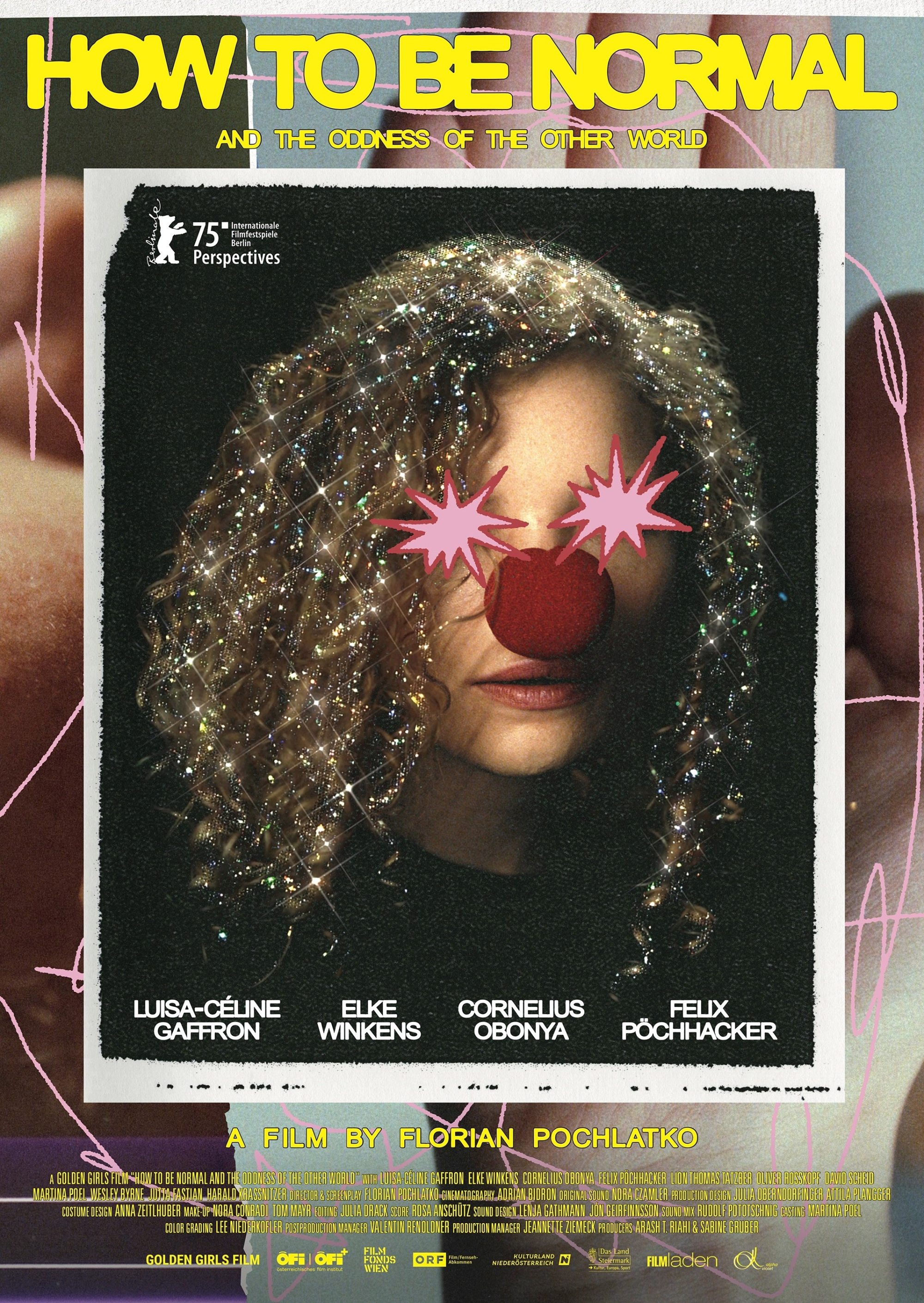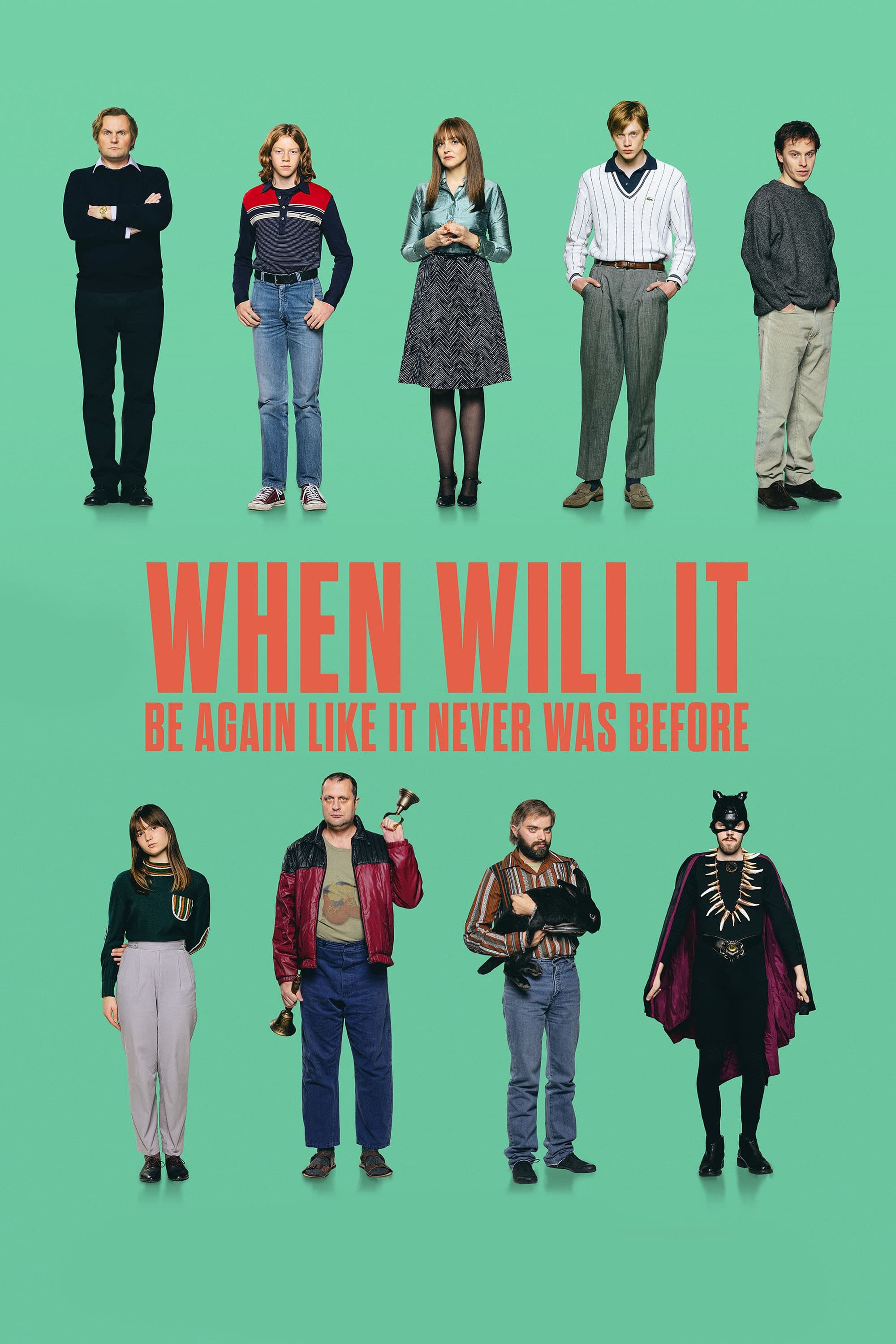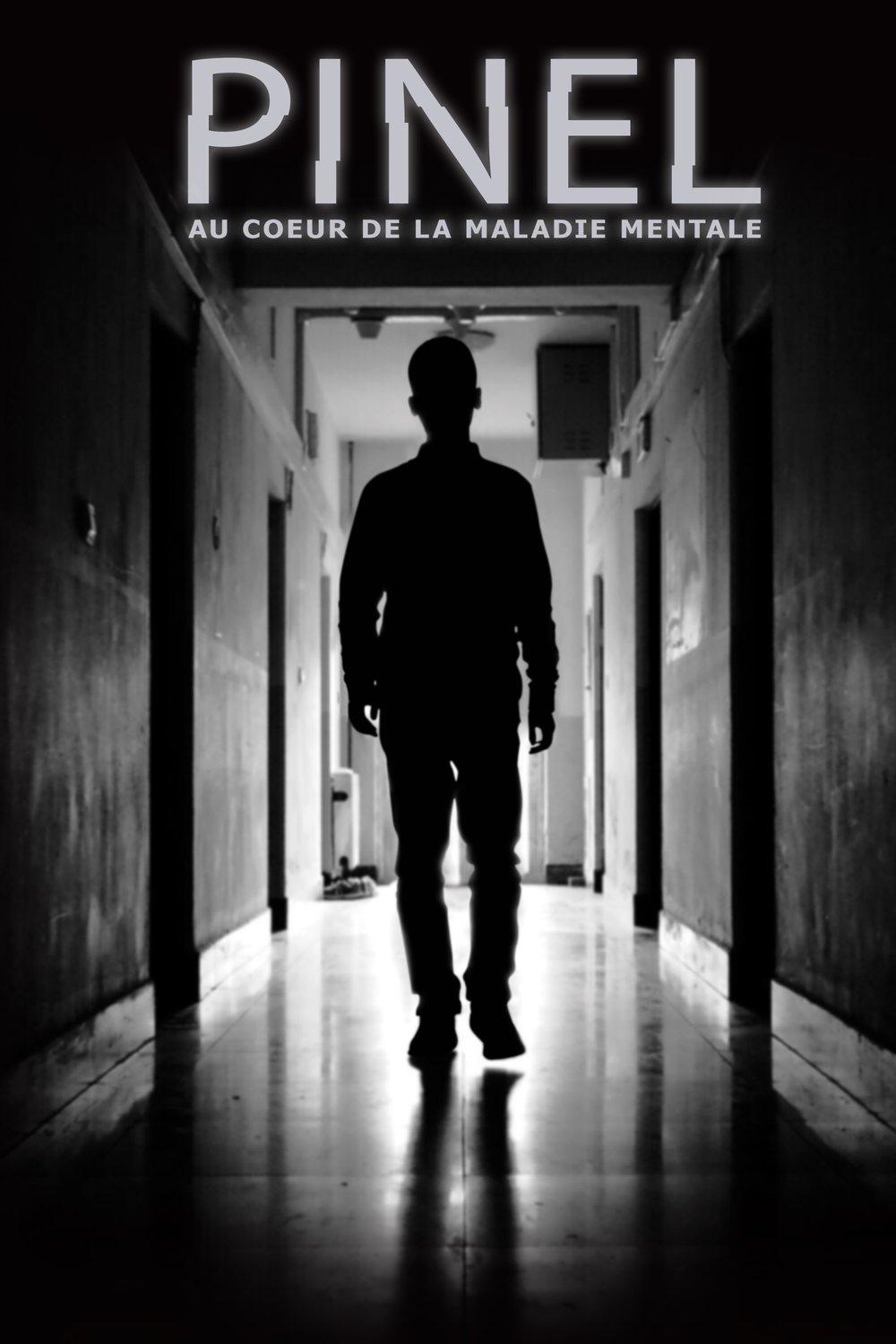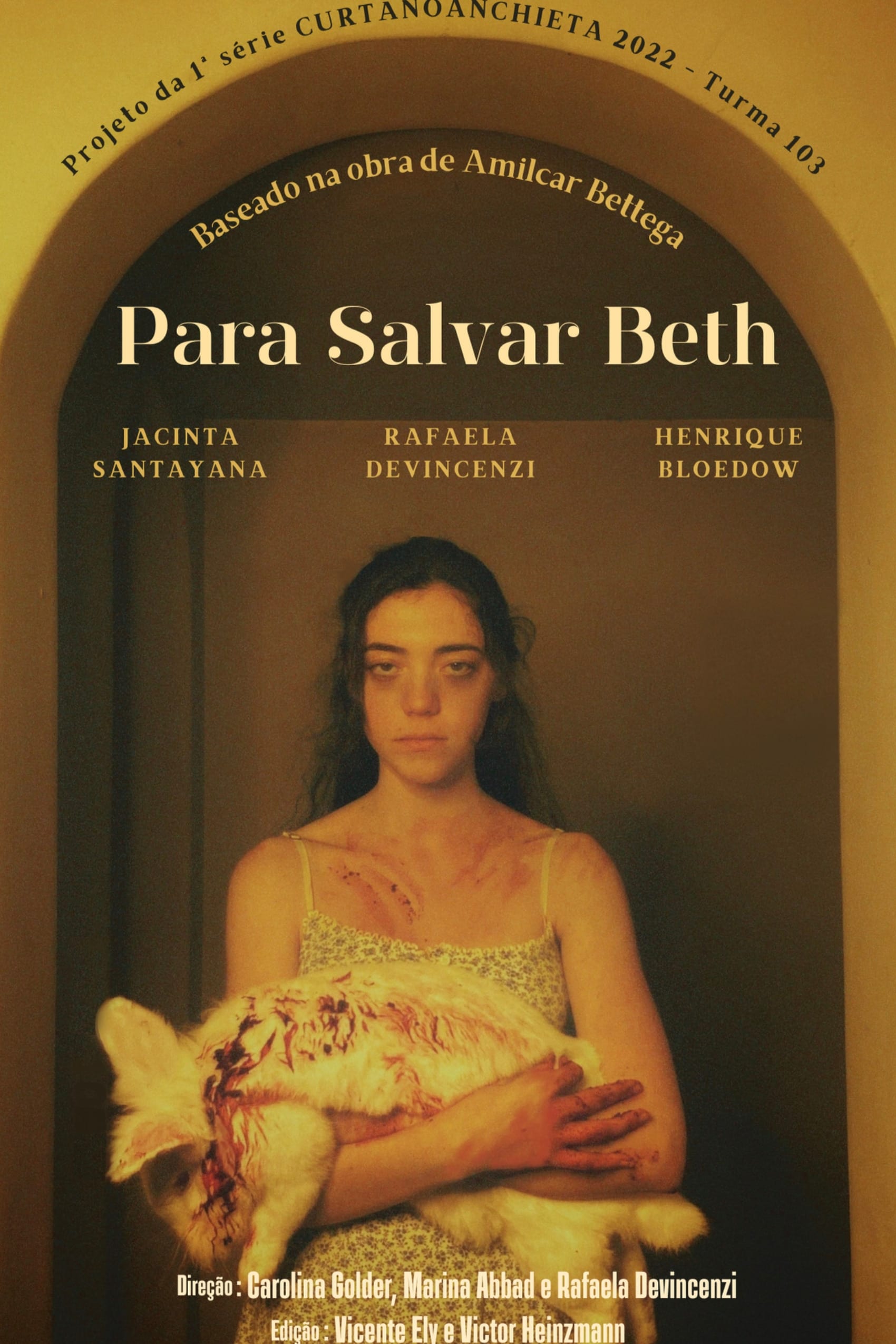Browse all content tagged with this keyword.

Fresh out of a psychiatric hospital, Pia moves back in...

Growing up on the grounds of one of Germany's largest...

Follows the daily lives of caregivers and patients who live...


A psychology postgraduate student escorts two patients and their nurse...

The Richardson Olmsted Campus, a former psychiatric center and National...